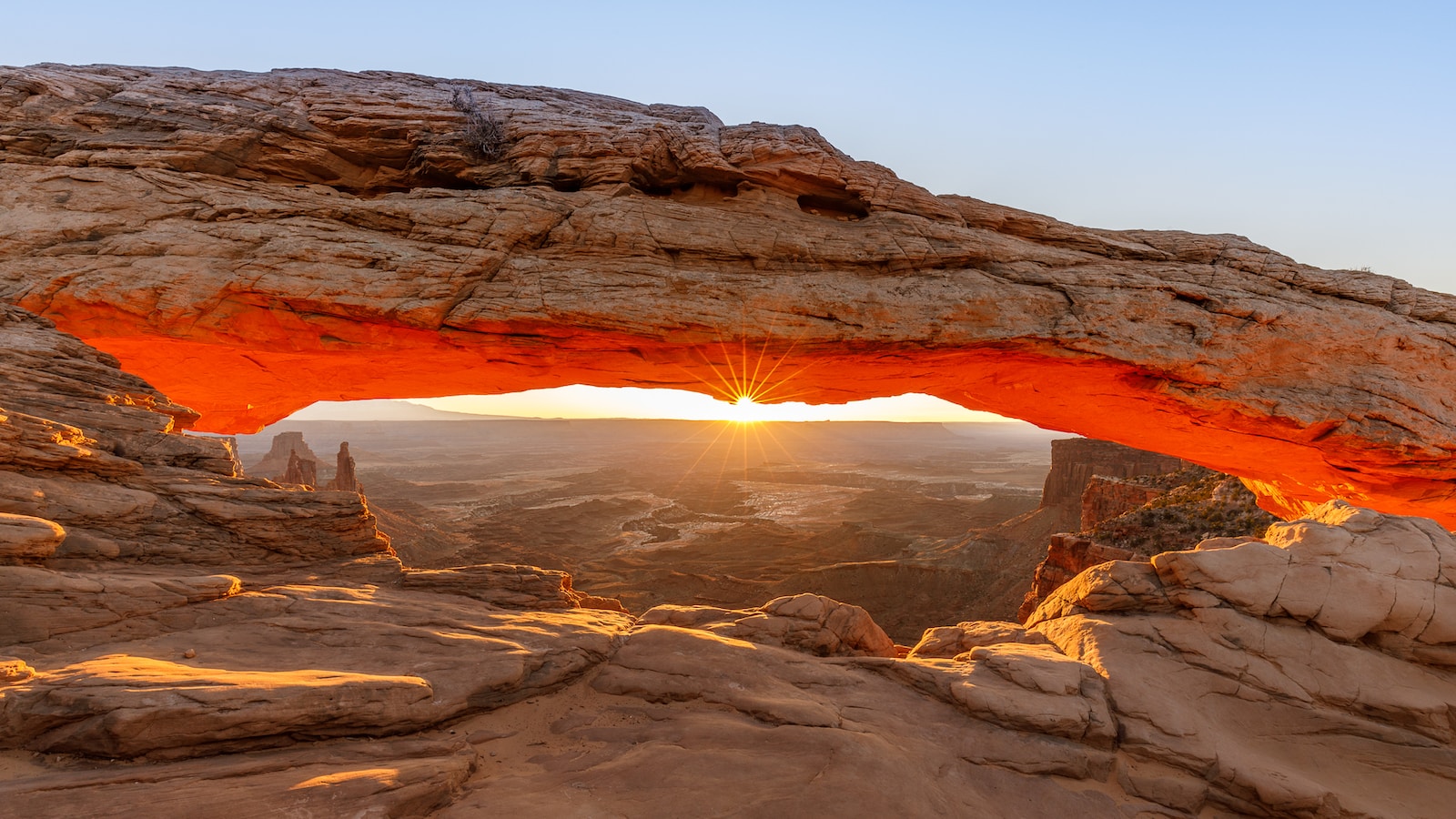Table of Contents
ToggleIntroduction
Living in the American Southwest means enduring aridity and an unforgiving landscape. However, the region is currently grappling with an unprecedented level of heat and drought. With 47 days of temperatures exceeding 100 degrees Fahrenheit and an average high of 107 degrees, the impact is undeniable. From the deserts of Texas to Phoenix and the Four Corners region, the relentless heat has left its mark. This article delves into the observations made during this extreme weather event and sheds light on the challenges faced by communities in the American Southwest.
The Effects of Sustained Heat
The Unyielding Landscape:
The scorching heat has transformed familiar surroundings. The once-supple sand along the Colorado River has turned gray and solid, leaving no impression when stepped on. Willows near the river resemble tattered drapes, and the red rock landscape has become a blistering terrain.
Climate Change and Consequences:
Climate change exacerbates extreme temperatures, droughts, fires, and floods. The U.S. Department of the Interior’s Bureau of Reclamation predicts a temperature increase of five to six degrees Fahrenheit in the Colorado River Basin during this century. This projection raises concerns about the sustainability of communities like Castle Valley.
Threats to Desert Communities:
Desert communities, such as the Diné (Navajo) people, are installing solar panels to combat the heat’s impact. However, many lack basic amenities like electricity and running water. The sustained heat and drought pose life-threatening challenges, forcing some communities to consider relocation.
Insects and Wildlife
The Increase in Insect Activity:
Insects thrive in hot weather. With rising temperatures, insect populations, and activity surge. The wet spring has led to flourishing plants, creating a perfect habitat for locusts and grasshoppers, which multiply and devour vegetation rapidly.
The Intriguing World of Insects:
Observing the insect world becomes a new source of fascination during relentless heat. From a tarantula hawk wasp dragging its prey to an army of grasshoppers advancing through the valley, the heat reveals the intricate dynamics of insect life.
The Toll on Mental and Physical Well-being
Psychological Strain:
The relentless heat takes a toll on mental health. Distractions increase, irritability rises, and a sense of worthlessness pervades. Prone to hypochondria, individuals may imagine various ailments. The heat becomes an oppressive force, rendering people listless and despondent.
Entertainment Preferences:
Heat-induced fatigue changes entertainment preferences. The author finds solace in simple, mindless shows like “The Kardashians.” Concentration wanes, making it difficult to follow narratives or engage with complex content.
Distorted Perception of Time:
In extreme heat, time loses its conventional meaning. Clocks and calendars become insignificant compared to the sun and moon. Night walks replace daytime activities, and the boundaries between reality and imagination blur.
Seeking Relief and Hope
The Beauty Amidst the Heat:
Amidst the scorching temperatures, moments of respite and beauty emerge. The sacred datura plant blooms with pristine white trumpet flowers, enchanting the night with their fragrance. The scent of rain, or petrichor, fills the desert air, offering hope for water.
Embracing the Storm:
When the rain finally arrives, it brings a sense of relief and unity. People stand against strong winds, collecting rainwater for parched wildlife. The storm’s arrival becomes a collective experience, filled with awe, gratitude, and a desire for safety.
Uncertain Future:
Despite the temporary relief, concerns about the future persist. Questions about dwindling water supplies and the potential for wildfires loom large. The author’s plea to the weather gods reflects the fears shared by many living in the American Southwest.
Conclusion
Living through 47 days of extreme heat in the American Southwest reveals the challenges faced by communities in this arid region. From the physical changes in the landscape to the strain on mental well-being, the impact of sustained heat is profound. However, amidst the difficulties, moments of beauty and unity emerge, offering hope for the future. As the region grapples with climate change, it is crucial to acknowledge the realities of extreme weather events and work towards sustainable solutions that protect both the environment and its inhabitants.







